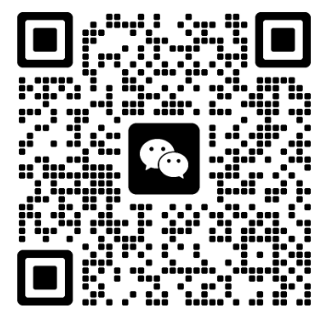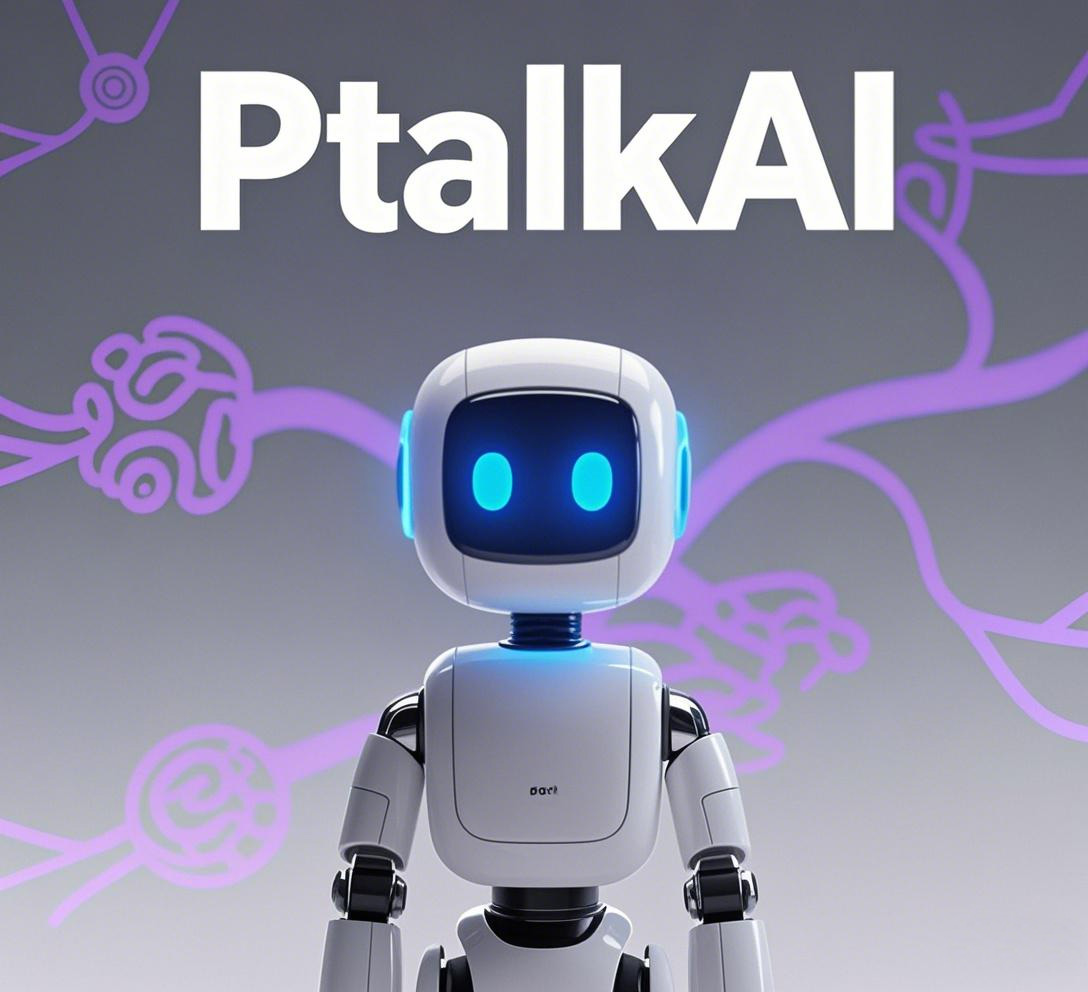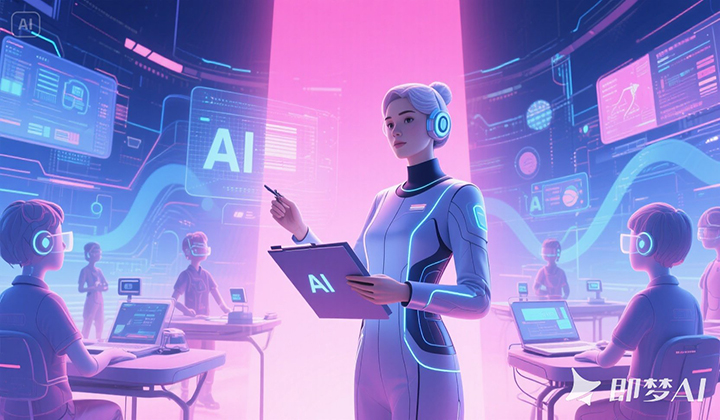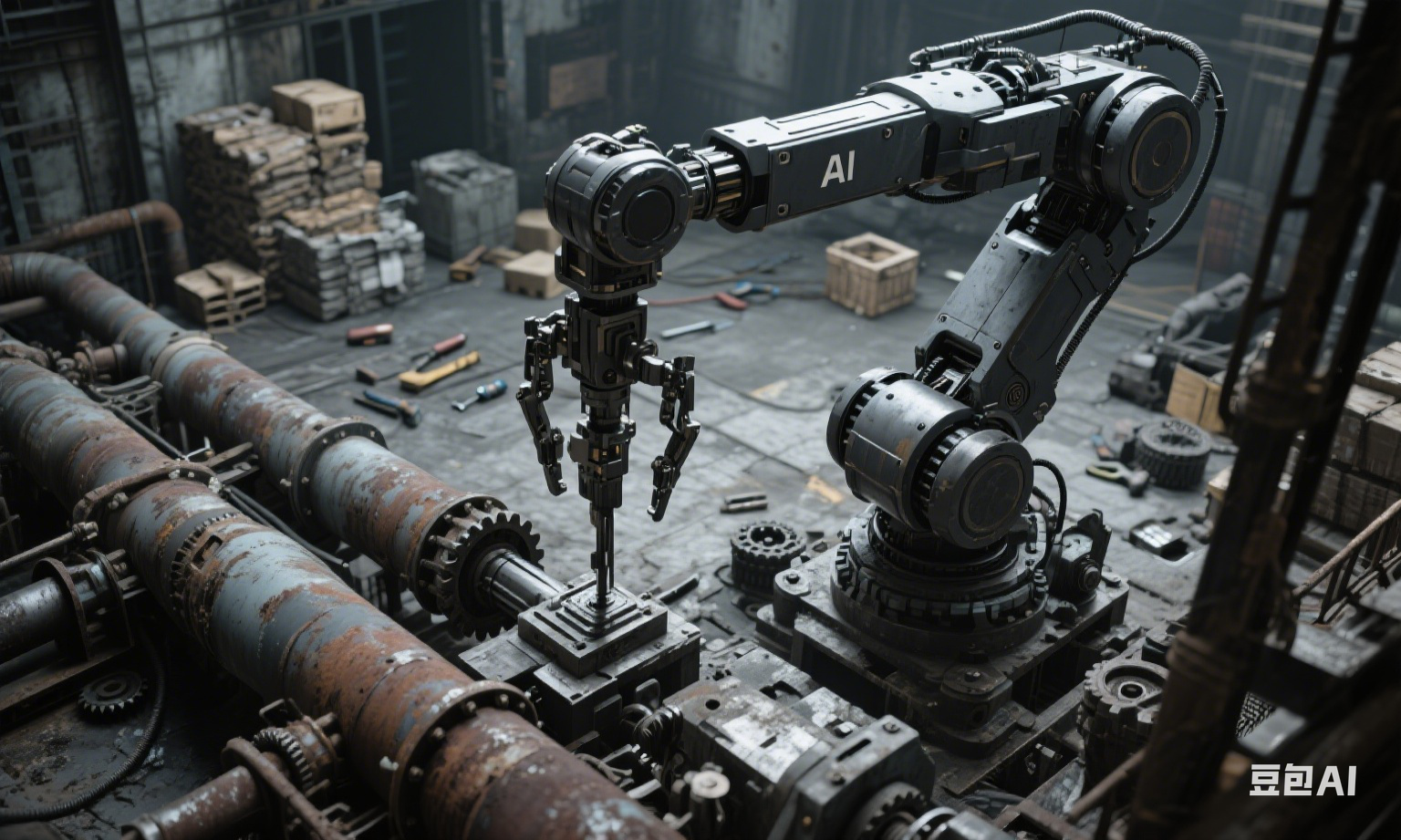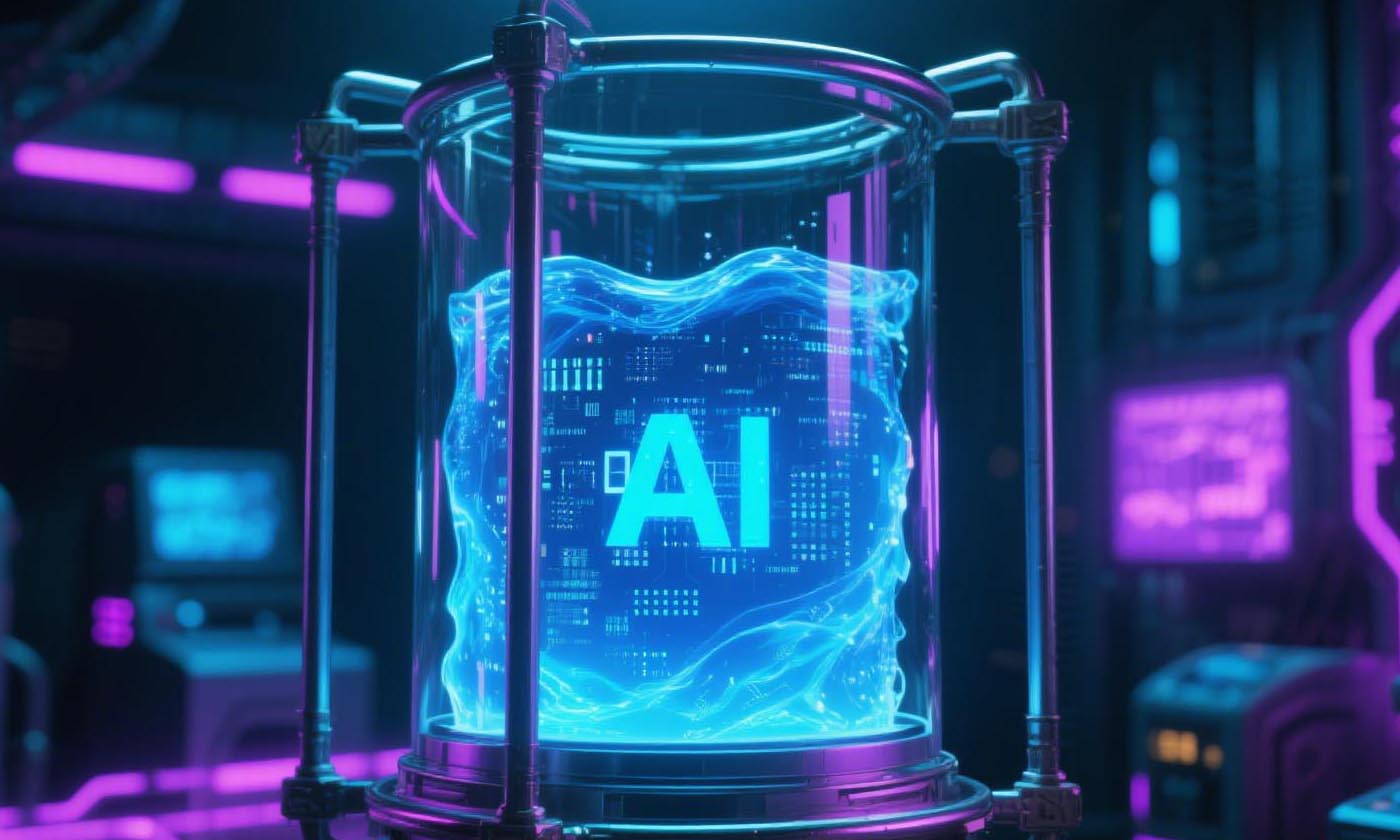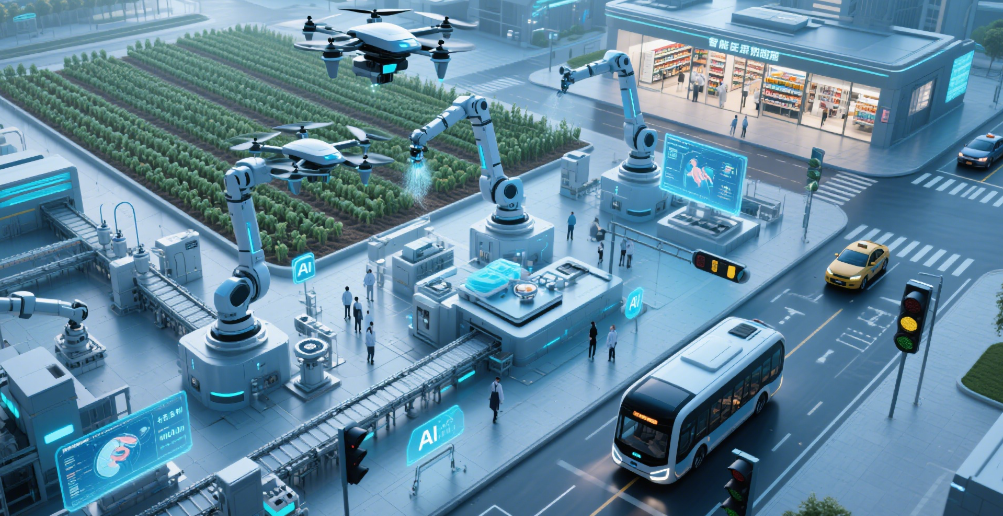AI Agents: The Key to Solving the Problem of Hardware Interoperability
When smart home devices can automatically adapt to control systems of different brands, and industrial sensors can be integrated into new production lines without complex configuration - these scenarios mark the leap of hardware from "isolated operation" to "seamless collaboration." Leveraging the technical architecture of "universal adaptation modules + dynamic protocol engines + interoperability ecosystem platforms," Aoyuan Cloud Innovation's Ptalk AI is cracking the hard nut of hardware interoperability across brands, protocols, and scenarios, and building a new "plug - and - play" ecosystem for hardware collaboration in smart homes, industrial IoT, smart healthcare, and other fields.
1. Universal Adaptation Core: Empowering Hardware with Language Interoperability Capabilities
Traditional hardware has created a "digital divide" due to protocol differences. Ptalk AI's technological breakthrough lies in creating a "cross - language translator":
-
Multi - protocol Fusion Chip: The 25mm×45mm tenth - generation module integrates more than 200 communication protocol parsing engines, maintaining a 99.5% protocol conversion accuracy rate in complex network environments, and completing two - way conversion of protocols such as Zigbee, MQTT, and OPC UA within one second. With over 1,000 built - in device driver templates, smart door locks can still complete identity verification with the security system, and industrial instruments can maintain basic data communication even when the network is down, ensuring uninterrupted interoperability.
-
Dynamic Adaptation Algorithm: The protocol conversion system based on semantic understanding supports cross - industry adaptation within 72 hours. In the smart home scenario, it automatically parses control commands of different brands (for example, converting "turn on the air conditioner" into the exclusive code of each brand). In the industrial scenario, it maps sensor data formats in real time. In the medical scenario, it standardizes the medical record transmission protocols of different devices, increasing the interoperability efficiency by 85%.
-
Zero - configuration Upgrade Solution: Universal Interop technology is compatible with 99.8% of hardware interfaces. Enterprises can upgrade old devices into "interoperable nodes" within five days, reducing the transformation cost by 80%. After its application in a smart park, the device access efficiency increased by 60%, and the cross - system fault troubleshooting time was shortened from 4 hours to 20 minutes.
2. Scenario Interoperability: The Evolution of Hardware from "Working in Isolation" to "Collaborative Operation"
In key fields, AI agents drive hardware to achieve breakthroughs in interoperability:
-
Smart Home: After traditional home appliances are embedded with Ptalk modules, they become "cross - brand collaborative units." A voice command "I'm home" triggers the linkage of lights, air conditioners, and security devices of different brands (for example, Philips lights are adjusted to warm light, Gree air conditioners are set to 26°C, and Hikvision cameras switch to the armed mode). Without the need for manual configuration of scene modes, the user operation complexity is reduced by 70%, and the device linkage success rate reaches 99%.
-
Industrial Internet of Things: Old machine tools are upgraded to "protocol conversion hubs," which automatically match the communication protocols of new production lines through visual recognition. Sensor data is converted into formats recognizable by PLCs in real time, and mechanical arm control commands are mapped to the exclusive protocols of robots, increasing the compatibility of old devices with Industry 5.0 systems from 30% to 95%. An automobile factory achieved a 50% reduction in production line transformation cycle and a 40% increase in equipment utilization rate through this.
-
Smart Healthcare: Medical devices form an "interoperable network" through AI agents. Monitors, ventilators, infusion pumps, and other devices of different brands automatically synchronize patient data. When the heart rate is abnormal, the alarm of Mindray monitors triggers the Philips ventilator to adjust parameters, and the United Imaging imaging equipment pre - loads the examination sequence, shortening the emergency response time by 60% and achieving a 99.8% consistency of multi - device data.
3. Construction of the Interoperability Ecosystem: From Protocol Conversion to Value Symbiosis
Ptalk AI promotes the evolution of hardware interoperability from technical adaptation to ecological collaboration through an open platform:
-
Zero - code Interoperability Development Platform: Interop Builder 10.0 supports visual protocol orchestration. Developers can create exclusive interoperability processes within two hours. Hotels can build "cross - brand room control networks," and hospitals can develop "multi - device emergency collaboration systems," reducing the development cost by 85%. The platform has registered over 5 million devices in total.
-
Cross - domain Data Semantic Mapping: Knowledge graph technology is used to establish a unified data model, enabling semantic conversion of data in smart homes, industry, healthcare, and other fields. Factory energy consumption data is automatically mapped to energy - saving suggestions for smart homes, and medical health data is converted into exercise plans for wearable devices, increasing the cross - domain data utilization rate by 75%.
-
Interoperability Quality Assurance System: It monitors the stability of the protocol conversion link in real time, intelligently diagnoses problems such as "smart home command loss" and "industrial protocol conflicts," with a response time compressed to 3 seconds. The interoperability success rate evaluation model ensures a 99.2% linkage accuracy rate in home scenarios and a 99.5% data synchronization rate in industrial scenarios, guaranteeing the reliability of commercial applications.
Conclusion: Redefining the "Collaboration Boundaries" of Hardware
From incompatible independent devices to intelligent nodes with language interoperability; from complex protocol adaptation work to automatically completed seamless collaboration - Ptalk AI's practice reveals that hardware interoperability is the key to unlocking the value of the Internet of Things. When each device can automatically understand and execute cross - protocol commands and collaborate with devices of different brands and types, hardware will evolve from "functional silos" to "value networks."
In the era of the Internet of Everything, Ptalk AI is turning hardware interoperability from a technical challenge into a competitive advantage through technological innovation and ecological empowerment. Future hardware will no longer have to worry about compatibility issues but will be able to understand different "languages" like humans and freely collaborate in the IoT, creating overall value beyond individual devices for users and promoting the transformation of smart society from concept to reality.




